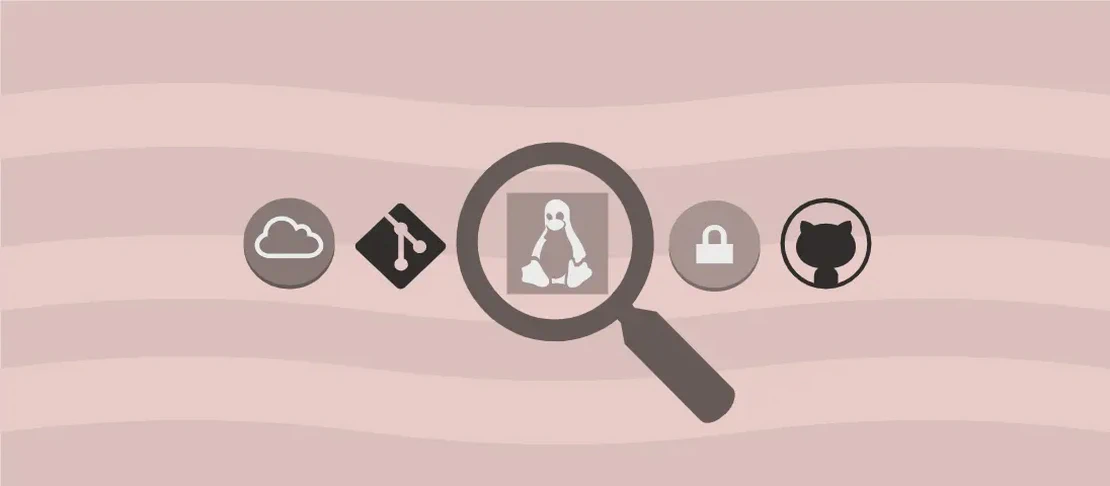
How to Convert PBM Images to YBM Format Using 'pbmtoybm' (with examples)
The pbmtoybm command is a utility from the Netpbm suite that allows users to convert Portable Bitmap (PBM) files into Bennet Yee “face” format (YBM) files. PBM is a plain text-based bitmap format used interchangeably between different platforms and applications due to its simplicity. The YBM format, while more obscure, is particularly useful for specific applications that implement Bennet Yee’s algorithm or for artistic rendering needs that require the quaint “face” format aesthetic.
Converting PBM files to YBM files can be beneficial in scenarios where an organization or user needs to integrate legacy graphical data into modern applications, or simply for the purpose of digital art experimentation. Below, we explore how this conversion is performed using the pbmtoybm command.
Use case 1: Convert a PBM image file to YBM format
Code:
pbmtoybm path/to/input_file.pbm > path/to/output_file.ybm
Motivation:
Suppose you have an old collection of bitmap images stored in PBM format that you want to repurpose or display in a retro computing exhibition. The YBM format, with its unique aesthetic, can add a vintage touch that aligns well with your exhibition’s theme. Additionally, if you’re a developer working on software that incorporates Bennet Yee “faces”, converting your graphics to YBM could streamline design implementation or rapid prototyping phases.
Explanation:
pbmtoybm: This command initiates the conversion process from PBM to YBM. It is part of the Netpbm toolkit, which provides a range of functionalities for handling and transforming bitmap image files.path/to/input_file.pbm: This argument specifies the path to the source PBM file that you wish to convert. It is essential to provide the correct path and filename, which might include a directory structure, to ensure the command can locate the file. If the file does not exist at the specified path or the filename is incorrect, the command will fail, resulting in an error message.>: The redirection operator reassigns the output of the command from the console to a file. In this context, it takes the output YBM data that thepbmtoybmcommand generates and directs it into the specified output file.path/to/output_file.ybm: This is the destination path where the resulting YBM file will be saved. The filename should ideally have the.ybmextension to signal its format type clearly and avoid any confusion or the need to manually rename files later. Providing a clear path ensures the file is saved in the desired location, facilitating easy access and further processing if needed.
Example output:
After successfully running the command, you will have a file named output_file.ybm stored at the specified destination. Upon opening the file in a compatible viewer or text editor, expect to observe a rendering of the original PBM image in the stylized Bennet Yee “face” format. While visually different, this format maintains the essential characteristics of the initial image, now adapted for the unique presentation that YBM offers.

